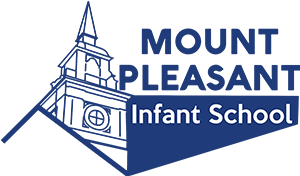Number and Place Value
In Year 2 children focus on reinforcing their understanding and use of 2 digit numbers. They should be able to read any 2 digit number and partition them into different combinations of tens and ones. Children explain what they know about numbers verbally or using pictures and representations. They can compare and order numbers with confidence.
Children will be expected to explain what they know about a number using accurate mathematical vocabulary. They will problem solve and reason using their knowledge.
Number and Place Value
Before children start Year 2 they should be able to fluently recall addition and subtraction facts within 10.
Count forwards and backwards in multiples of 2, 5 and 10s.
In Year 2 they will learn to recall multiplication facts and corresponding division facts in the 10, 5, and 2 timetables. Count forwards and backwards in multiples of 3.
Addition and Subtraction
Before children start Year 2 they should be able to recall all their number bonds of 10 and be able to add and subtract within 20.
In Year 2 , children need to be able to add and subtract 2 digit numbers using an efficient method. This could be using a written method, drawing pictures or using concrete resources. Children will also recall all number bonds to10 and use these to calculate number bonds to 20.
